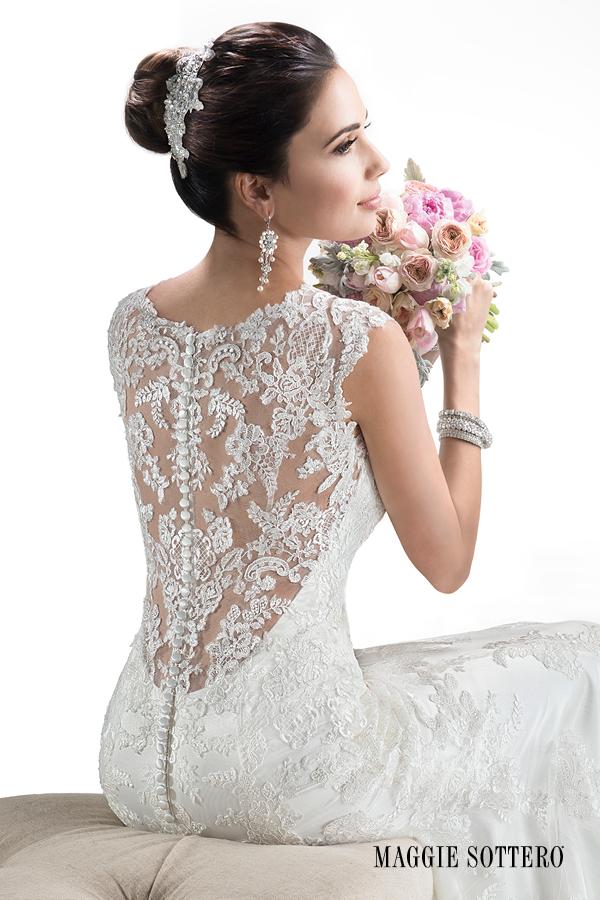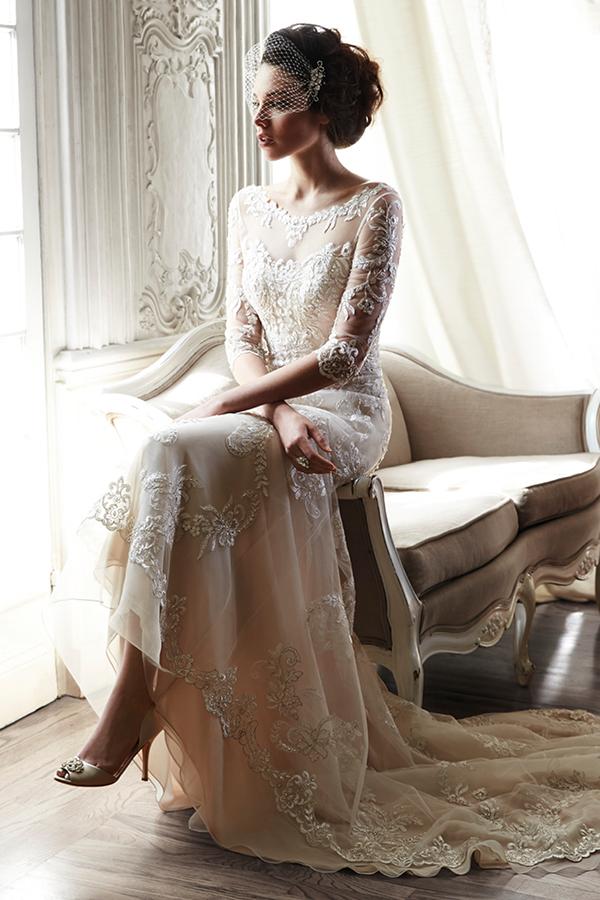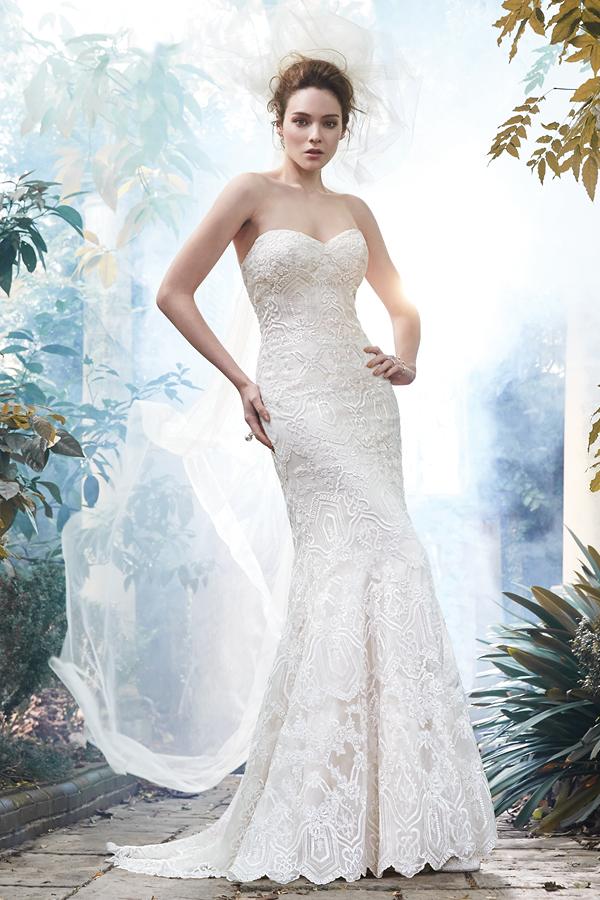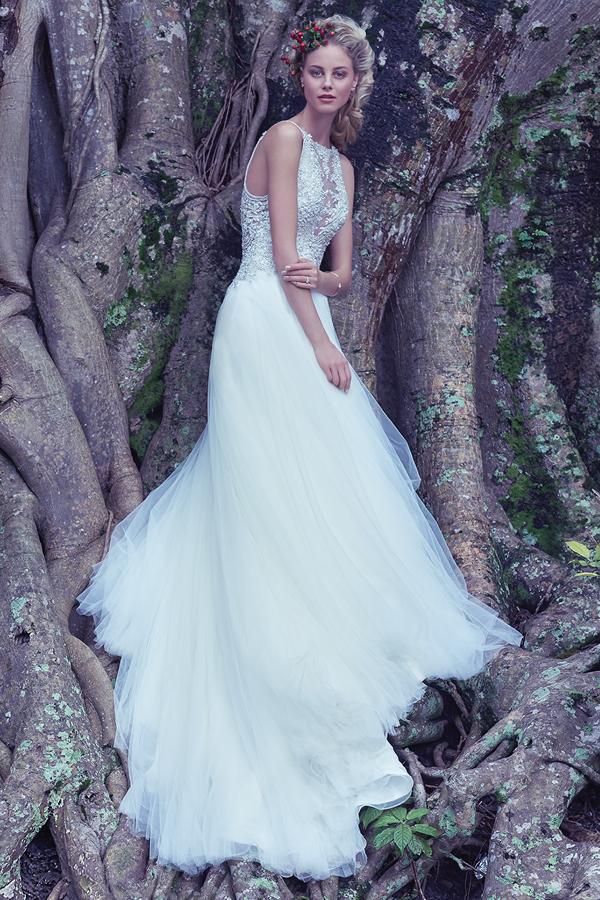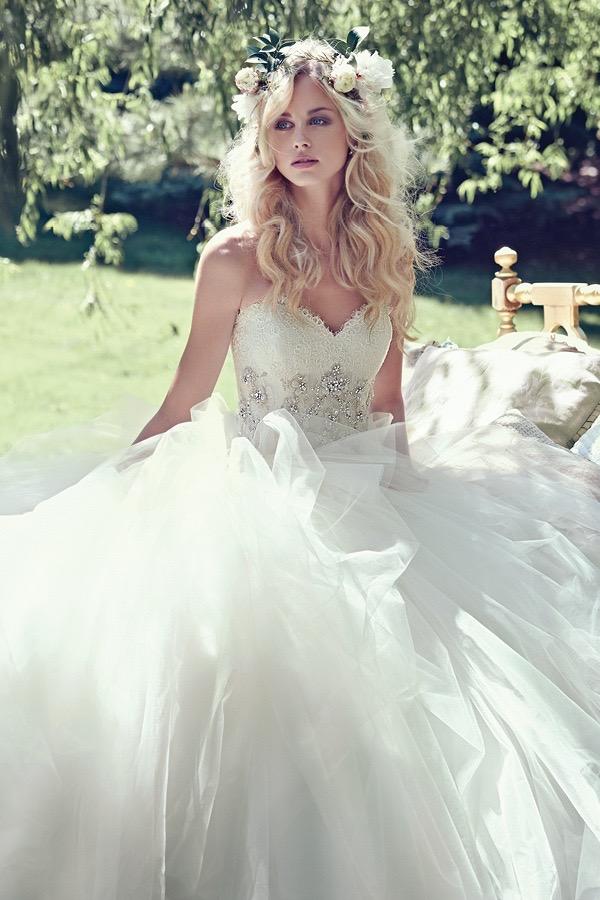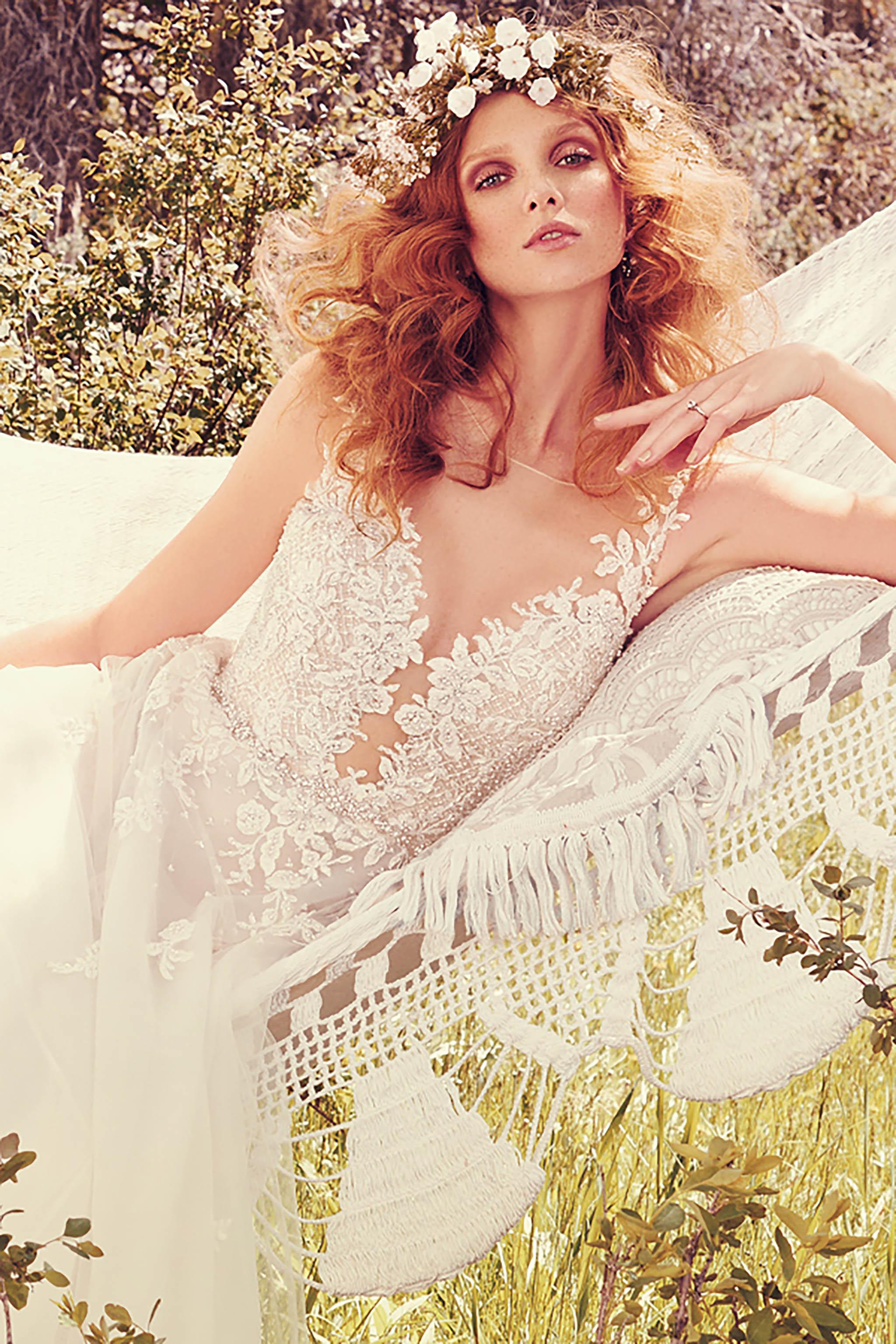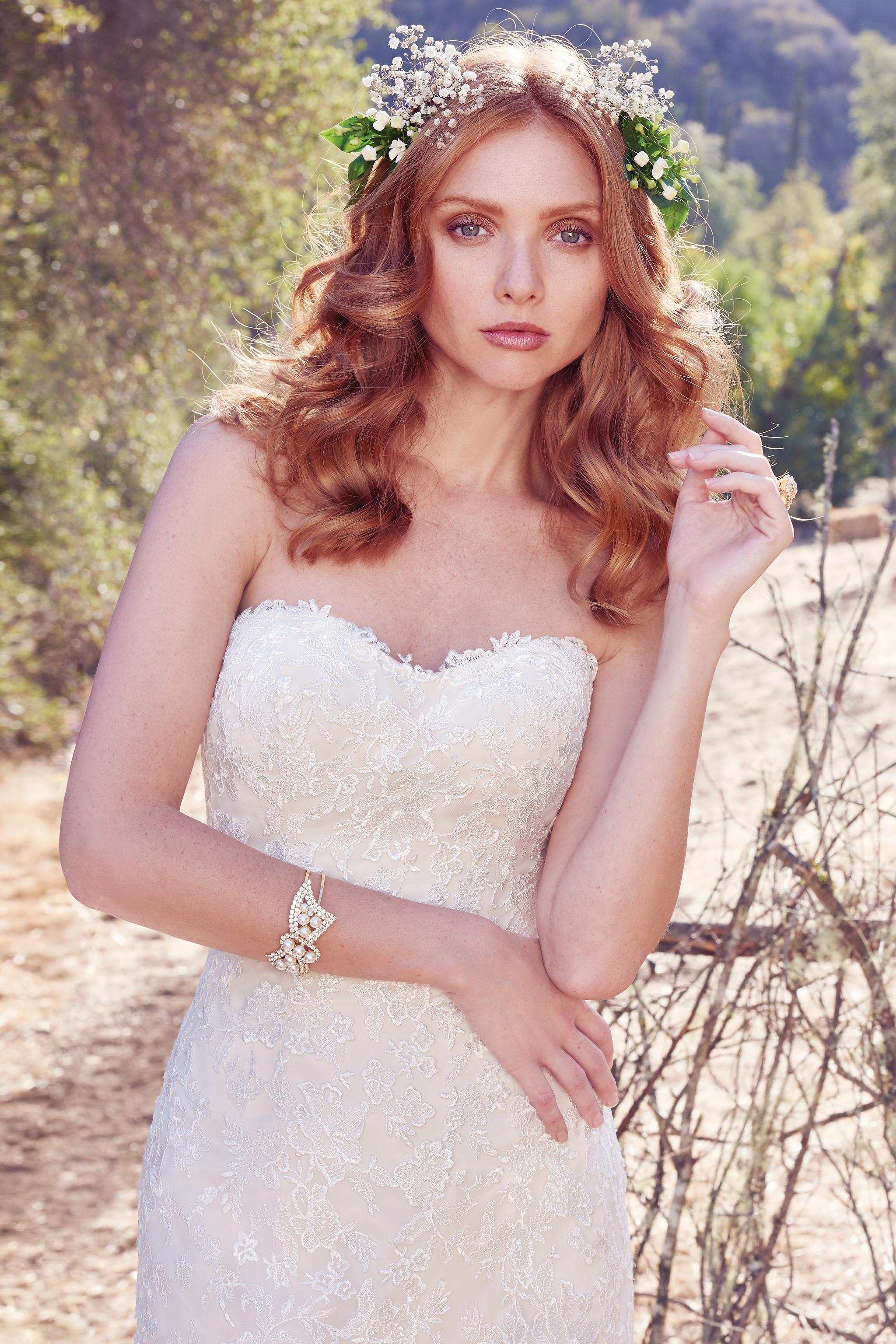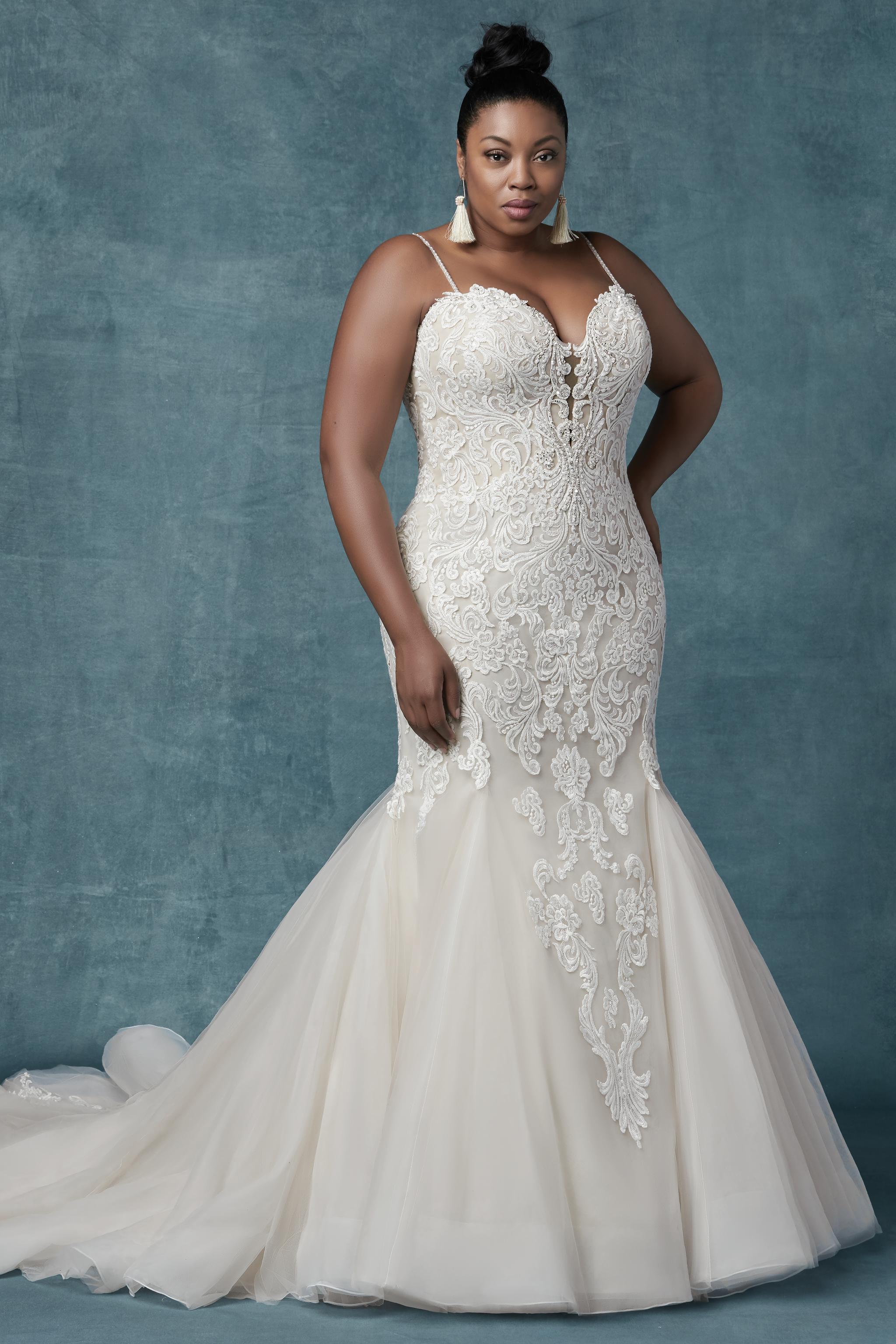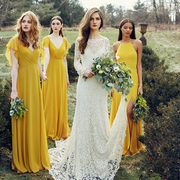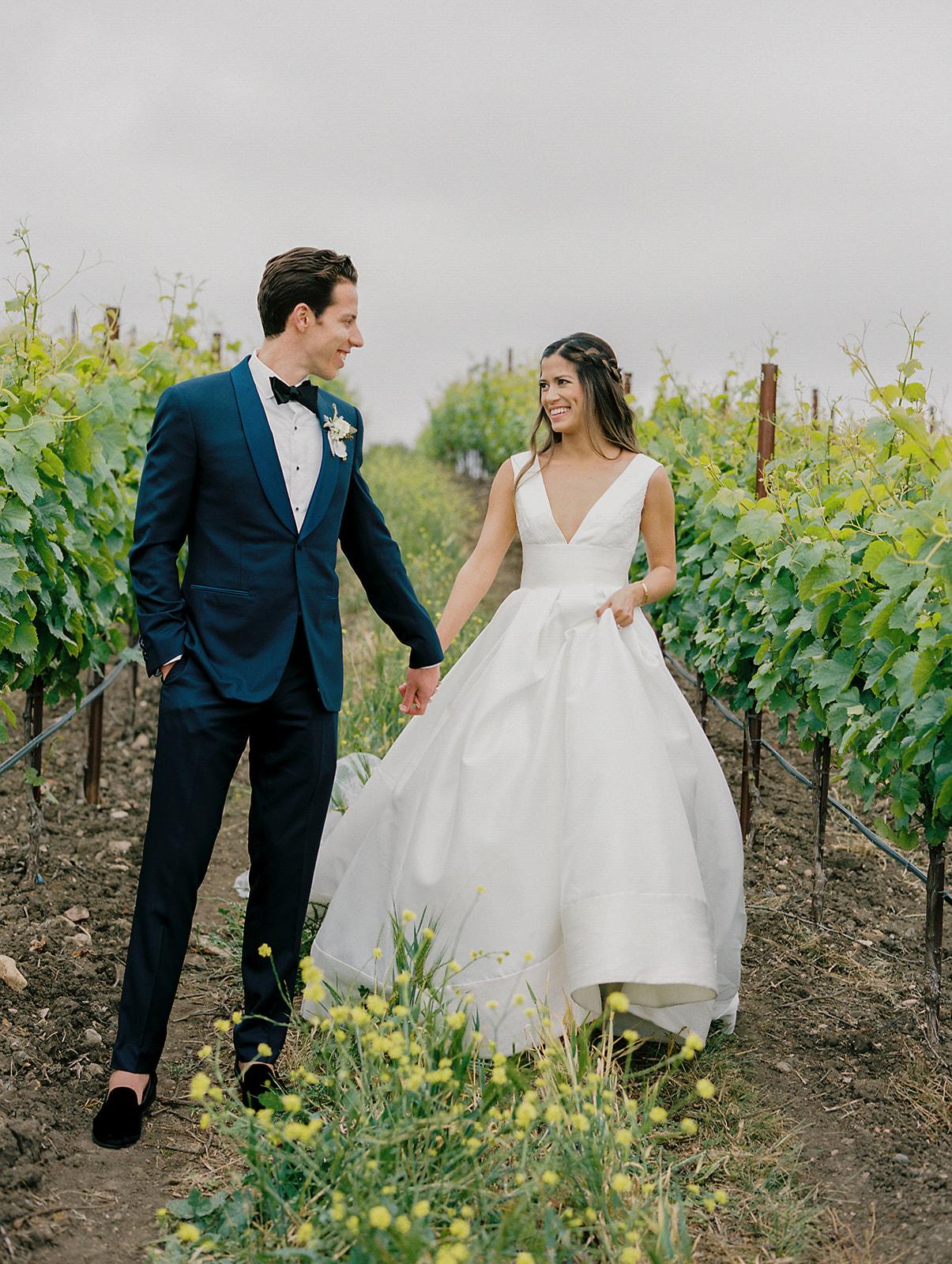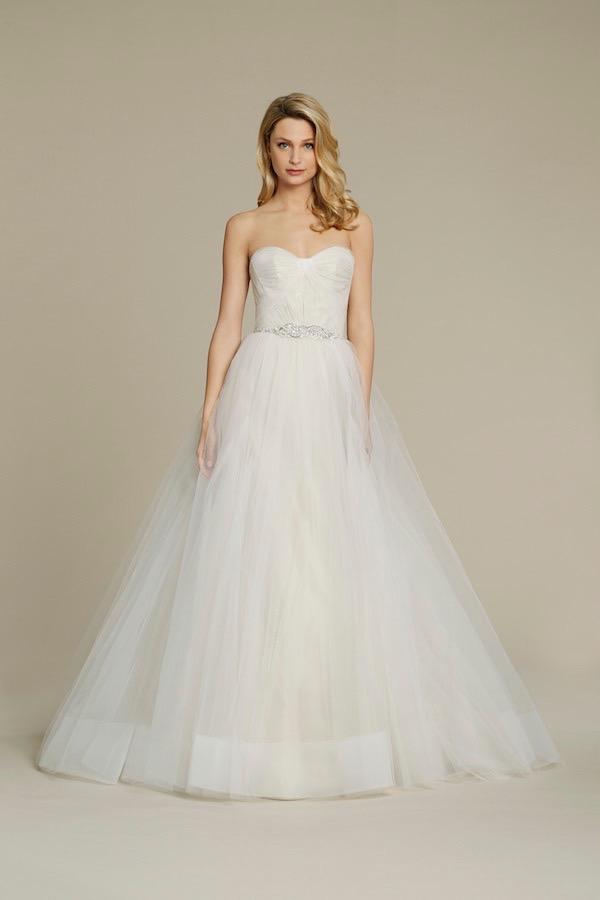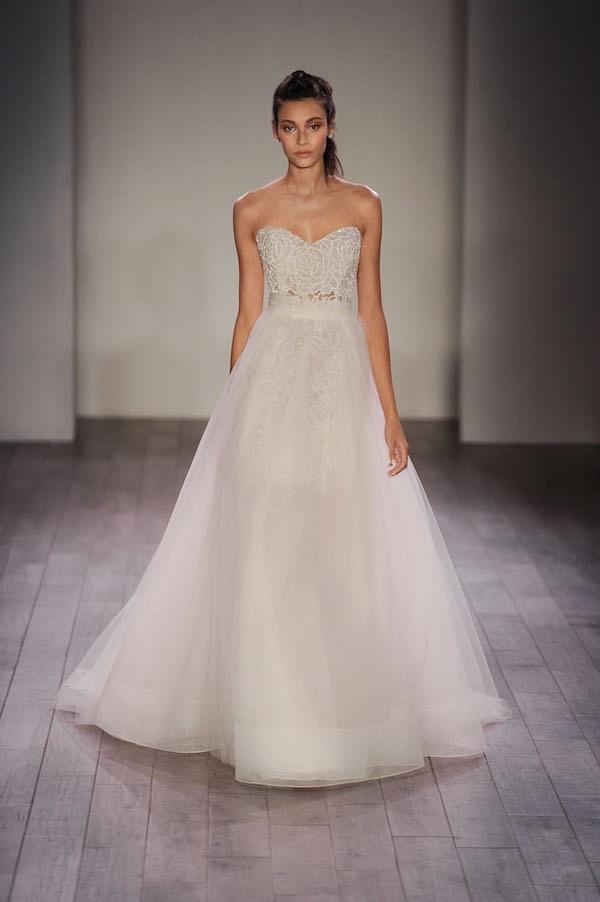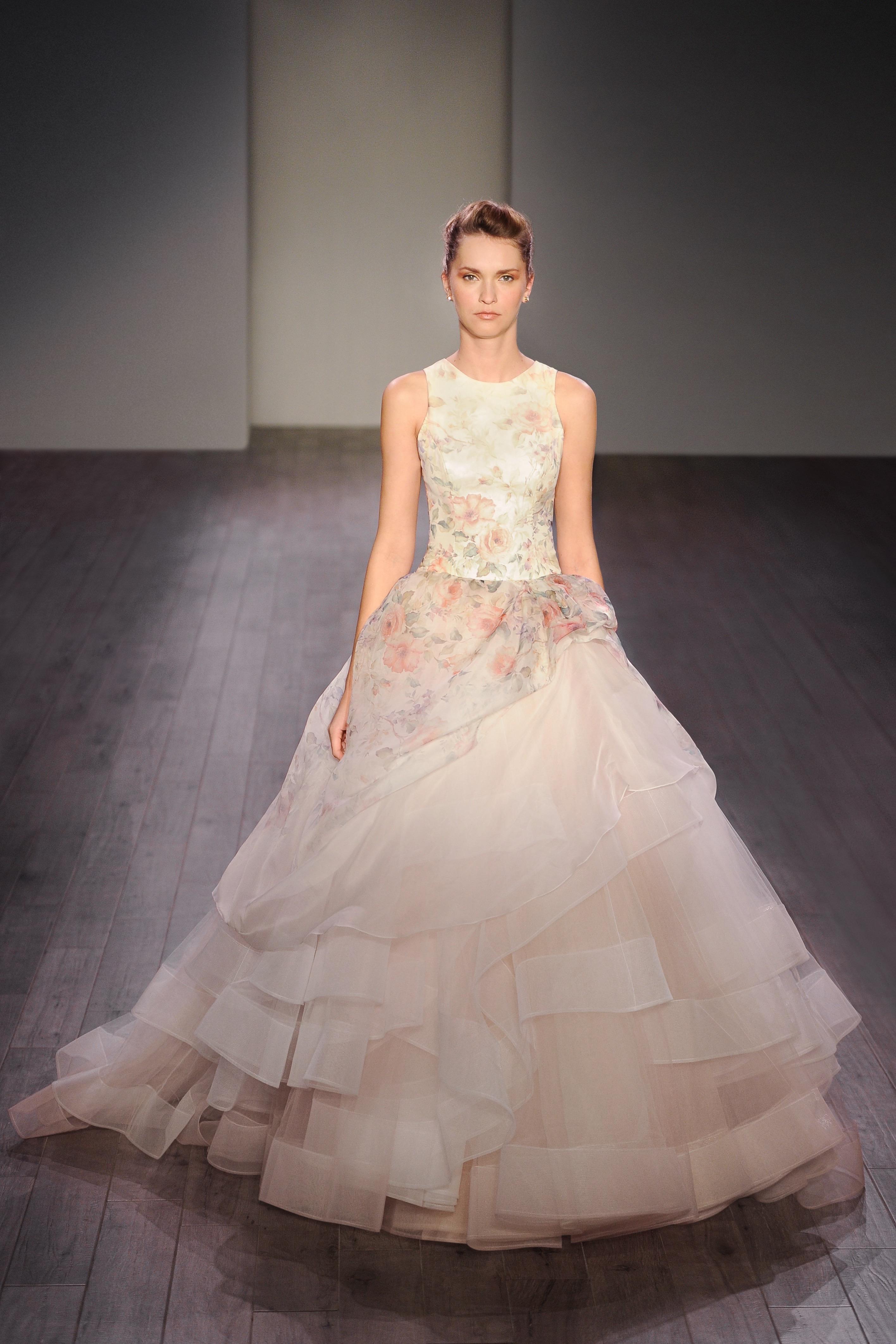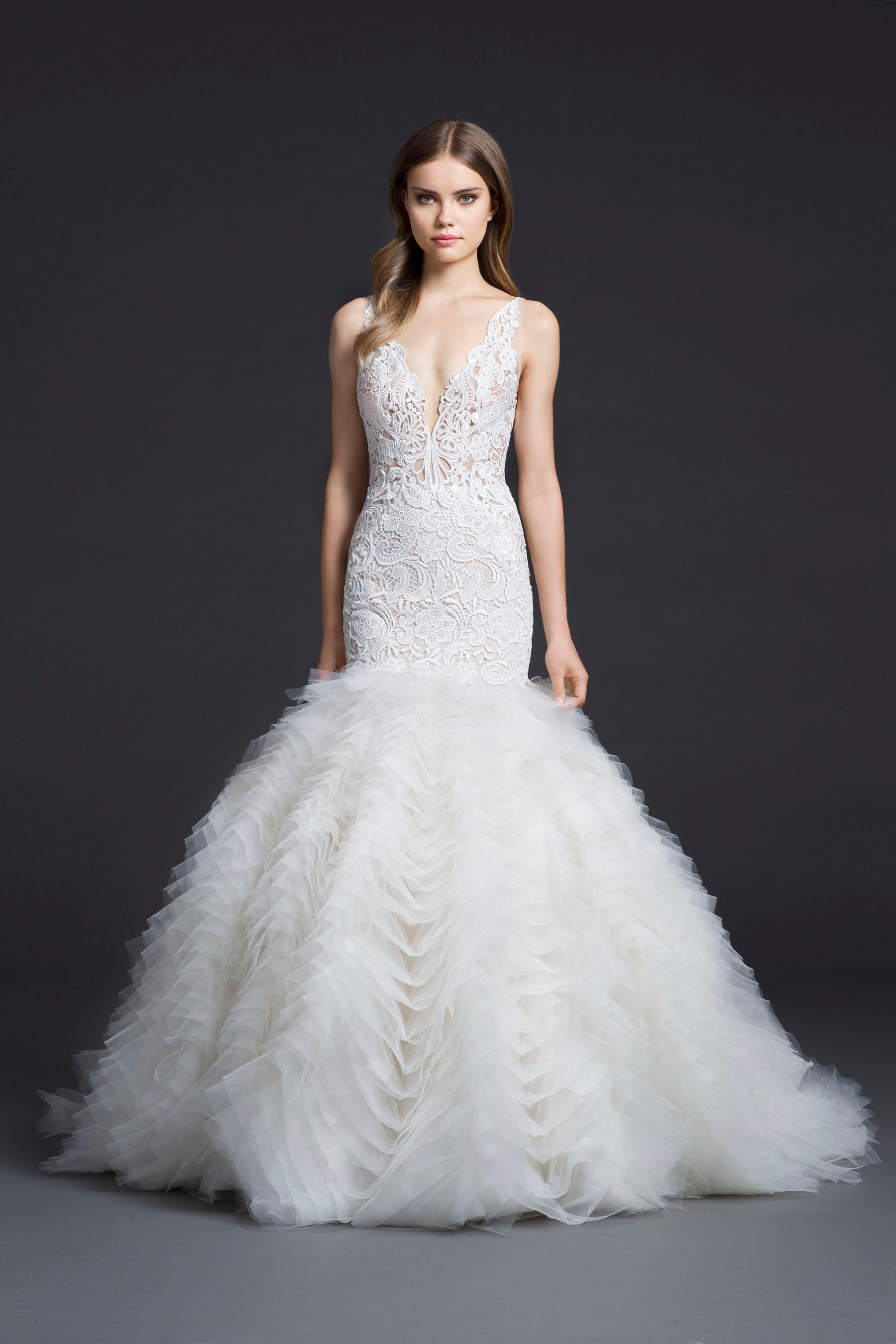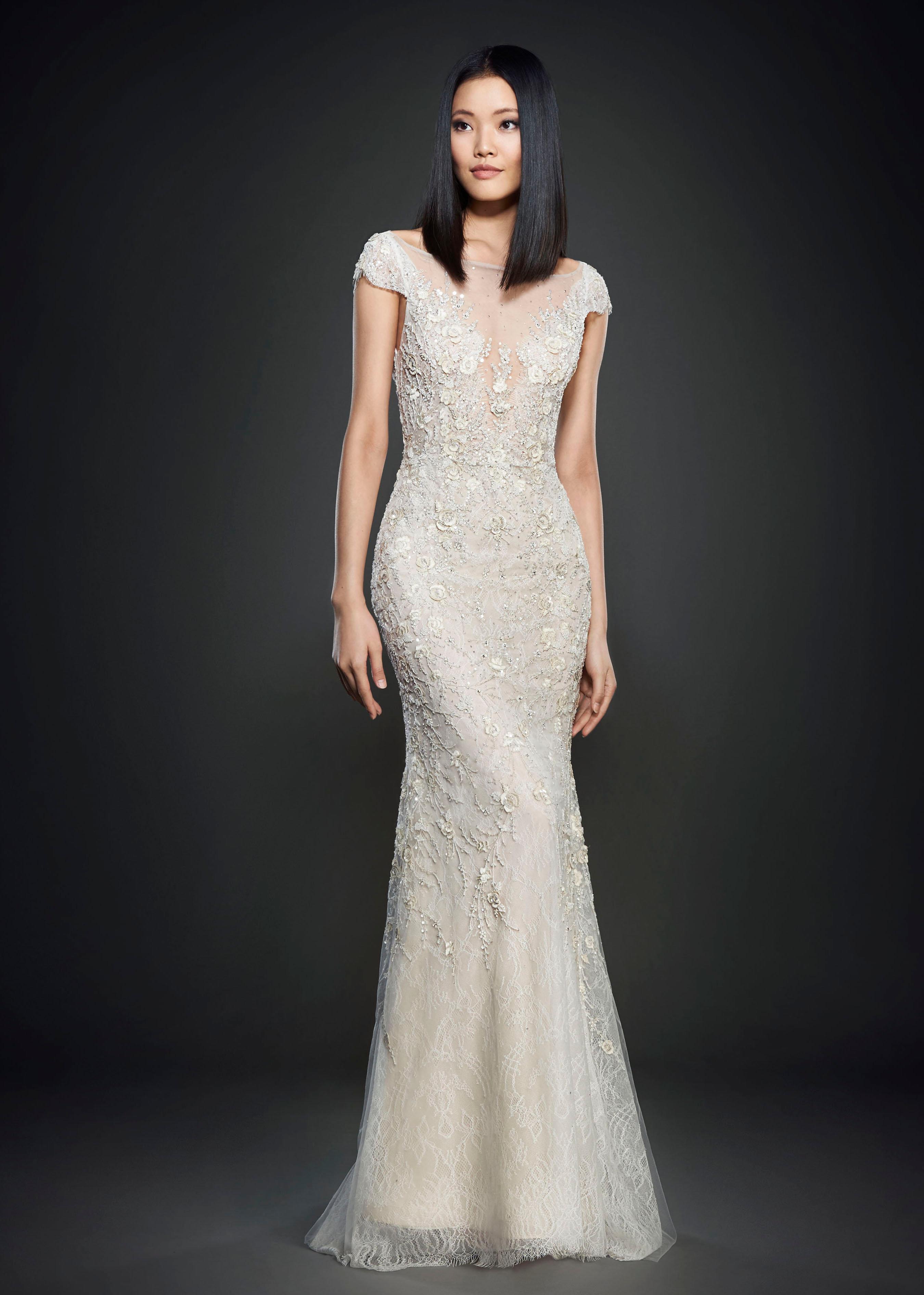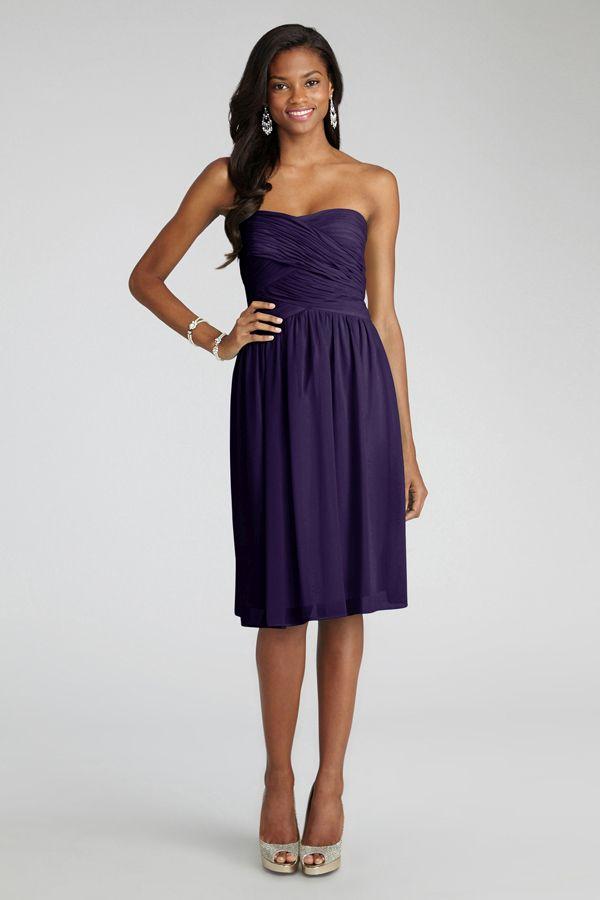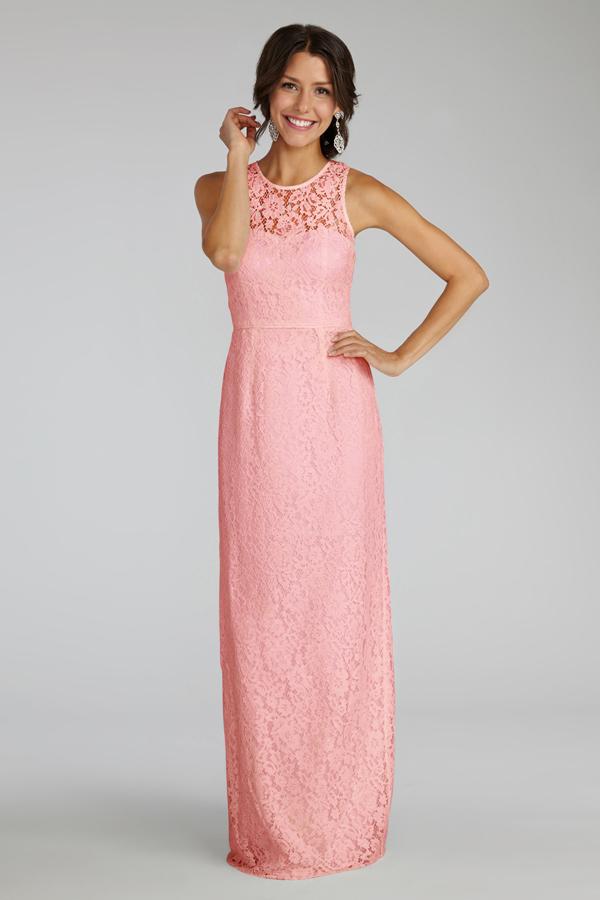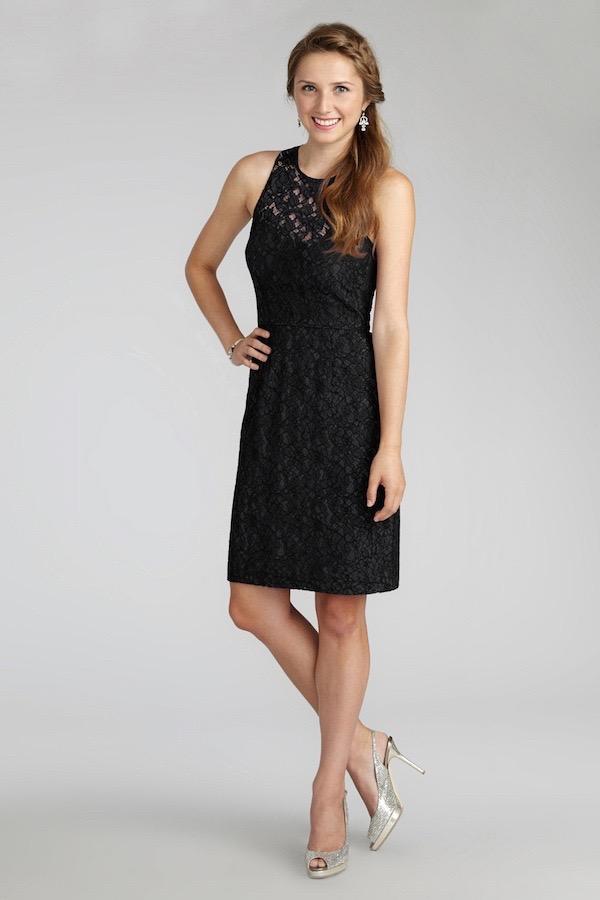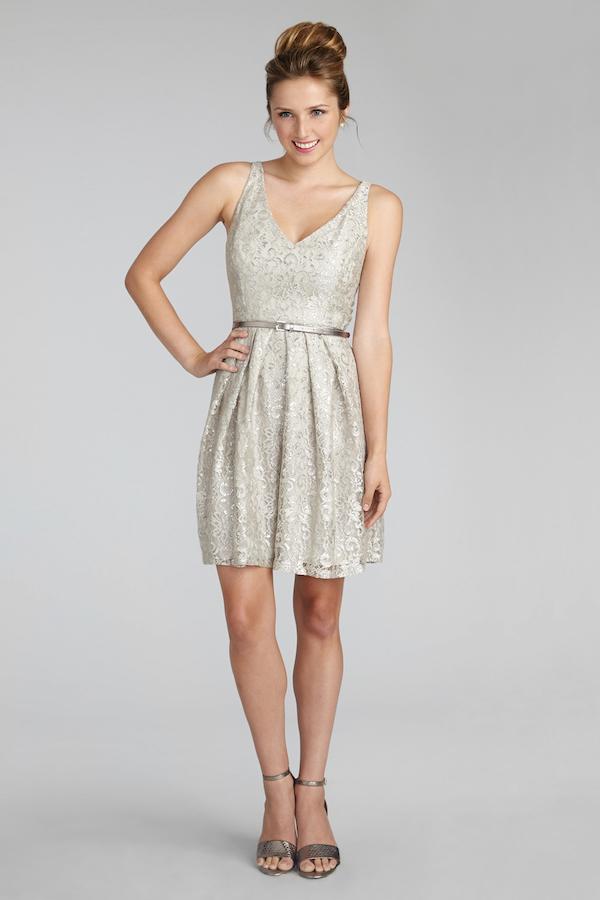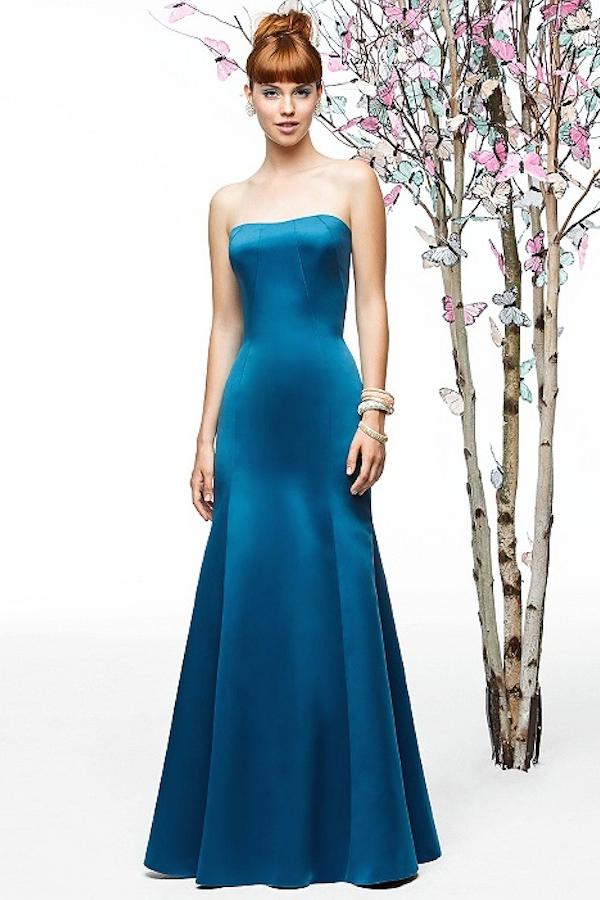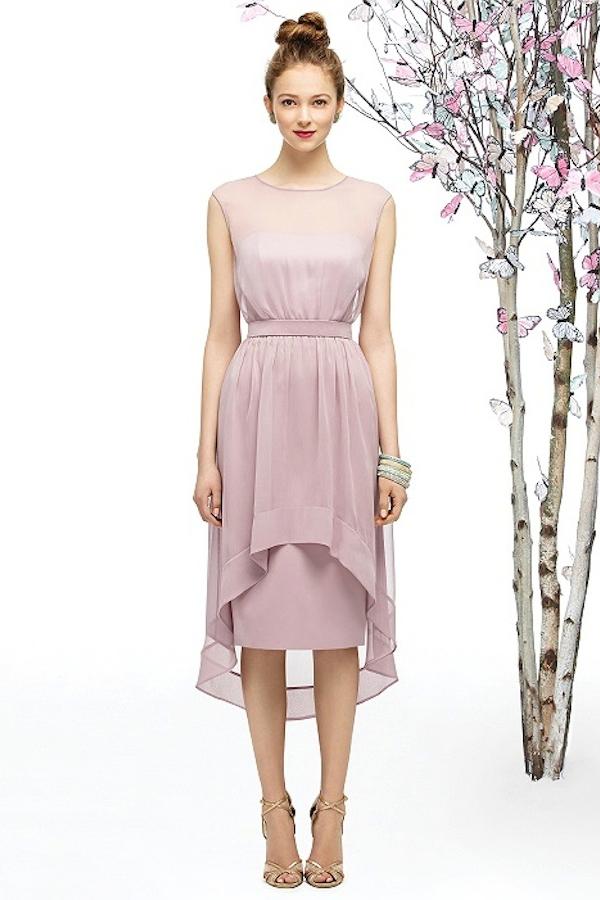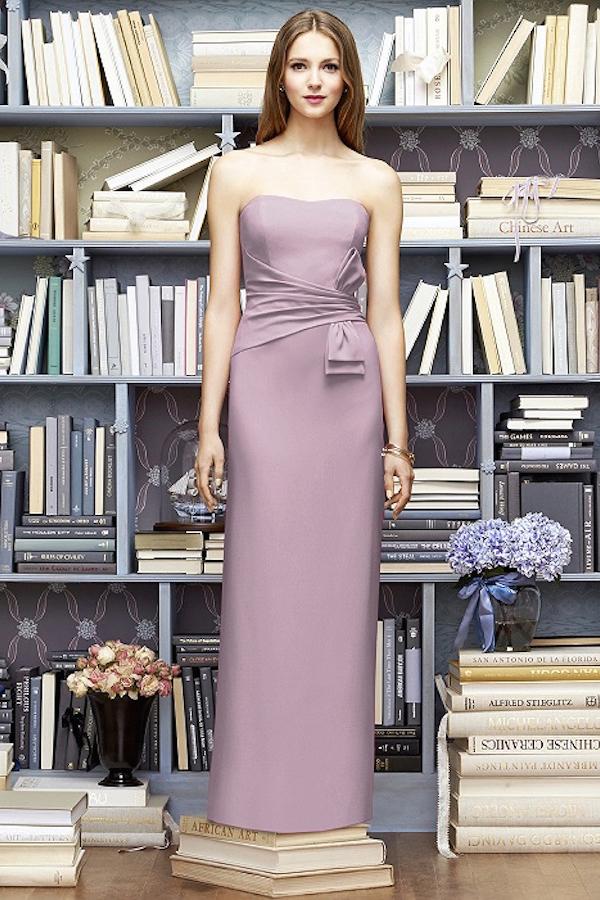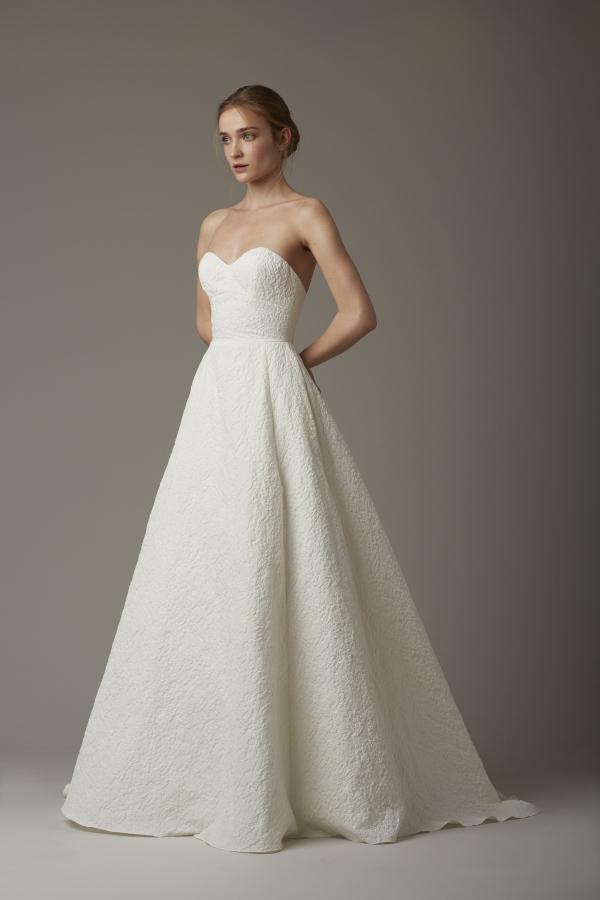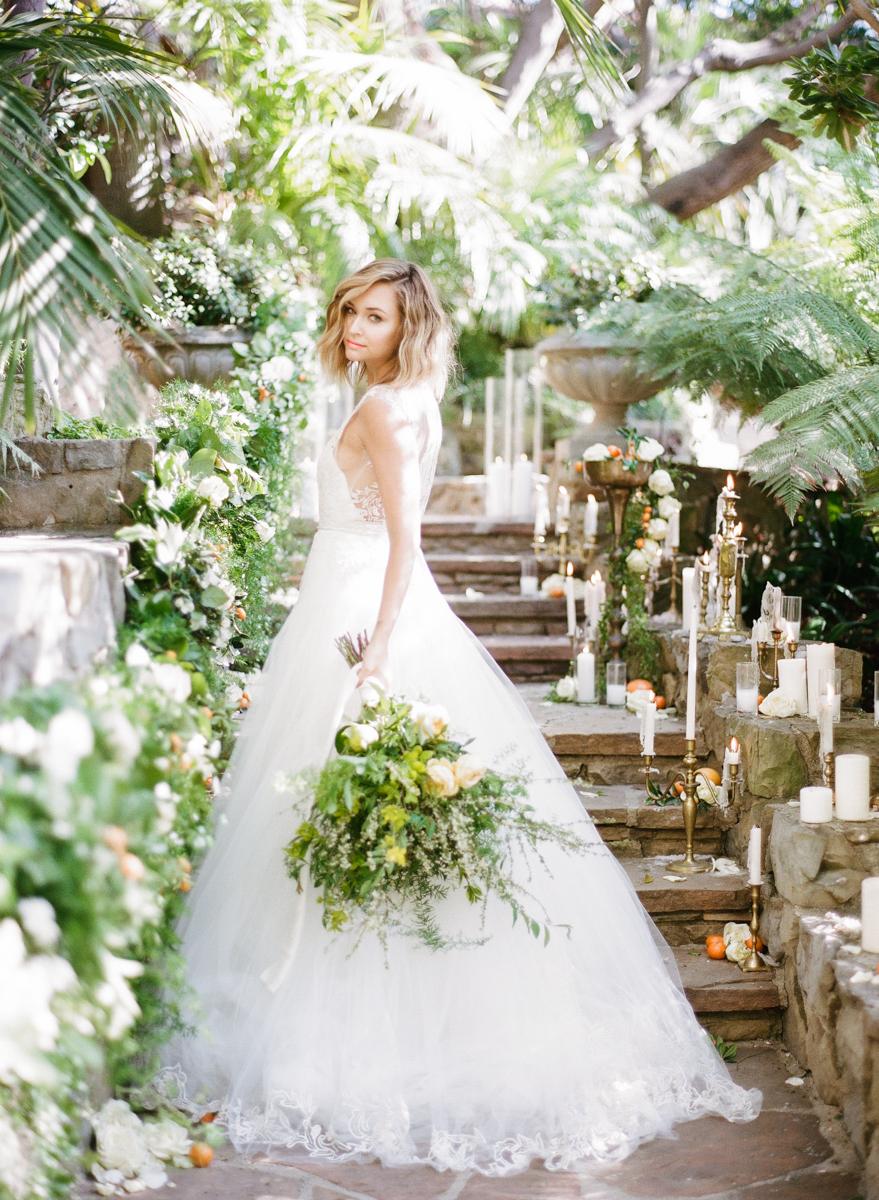Classic. It’s a word that has so many meanings. Rooted in tradition. Built around etiquette. Ceremony. Simplicity. Having written about and been a part of the wedding industry for the better part of 15 years though, the word classic has assumed a far different, far more broad intention than ever before. We feature whimsical, personality infused “classic” weddings all the time with the true definition simply tucked into the culture and ceremony that the wedding is inspired by. That said, for those of you that want a truly “classic” (think Grace Kelly or Kate Middleton) vibe, these are the blueprints you need…with a little history lesson baked in and a stunning, illustrative shoot from Joy Michelle Photography, Floret and Vine, Social Graces and the gorgeous White Hall Manor. Plus a beautiful film by Monachetti.

THE CLASSIC STYLED BRIDE
A classic bride is simple. She is elegant. She is refined. She is careful about the details and always looks at the whole AND the individual pieces of her look. The main element for a classic bride to consider, is the color of the fabric she chooses. White became a popular option in 1840, when Queen Victoria married Albert of Saxe-Coburg. Apparently, paying attention to the royal fashions (ahem, Kate & Meghan) was pretty major. Since then, white has dominated as the color of choice for the classic bride. Alternative classic hues would include eggshell and ivory, although we believe whole-heartedly that blush will soon land on that list.
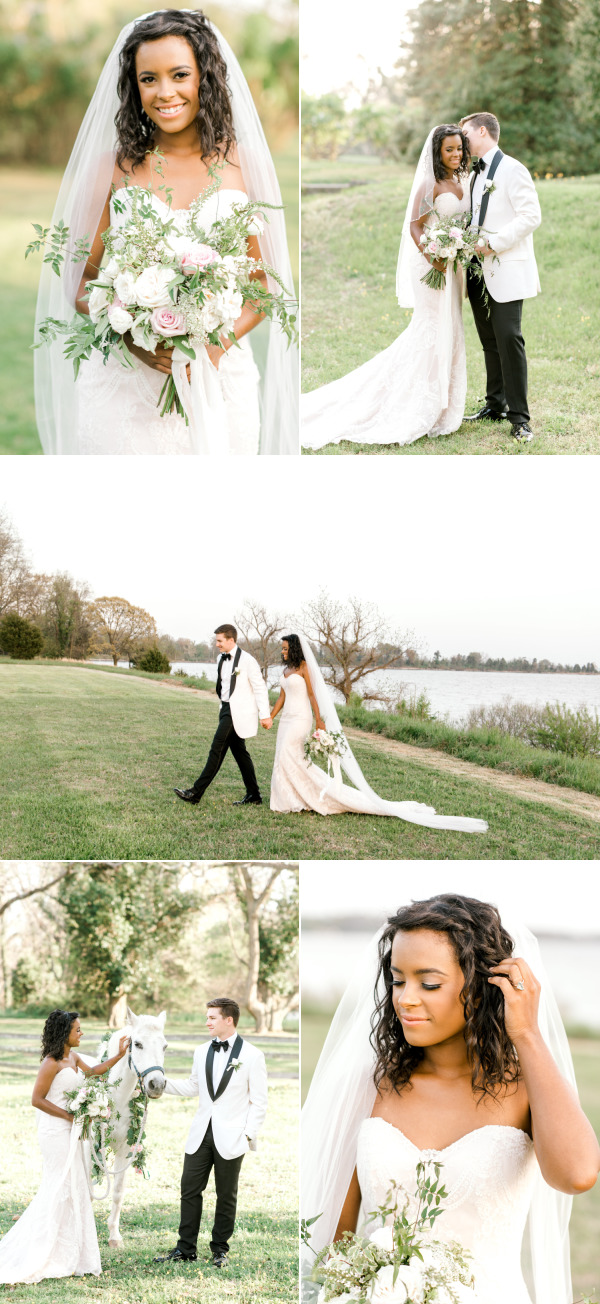
Next, she considers her silhouette. A-Line & Ballgown are the two cuts that are most commonly used in trad weddings (though there a dozen other stunning cuts that can still capture the timeless wedding vibe you are going for). Satin, Silk and Charmeuse are generally the foundational fabrics, while lace, tulle and Chiffon are common overlay fabrics and give the bride that romantic, feminine vibe that a traditionally styled bride is after.

Beauty should be simple and clean. Natural inspired make-up just amped up a wee bit. Hair in a classic up do (a chignon, a french twist, a bun) or kept neat but free flowing. Jewelry can be anything that doesn’t distract from the overall look – a simple strand of pearls or a solitaire diamond on the neck, diamond, pearl or jewel studs. And a beautiful veil to finish the look.
Bottom line for a classic bride is to go for simple, understated elegance that will stand the test of time.
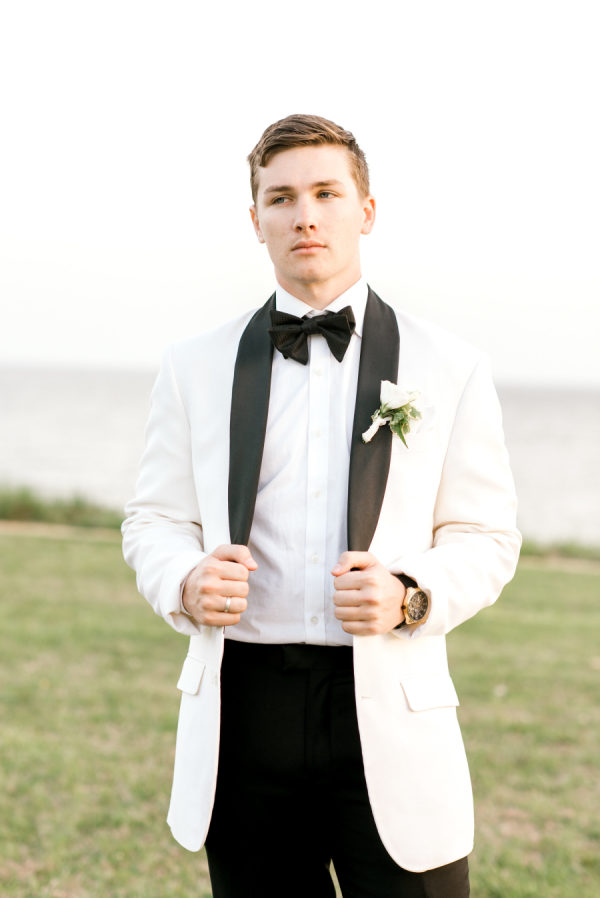
THE CLASSIC STYLED GROOM
A classic groom will be dressed in black tie. The color palette of his tuxedo can vary depending on the time of day and the formality of the wedding. However, for the most traditional grooms, it is important that they pay attention to etiquette when choosing what to wear. We found a pretty spot-on chart that will take all of the guess work out of choosing your menswear – something that should 100% NOT be an afterthought to the bride, but should elevate her look while still be ravishing on its own.
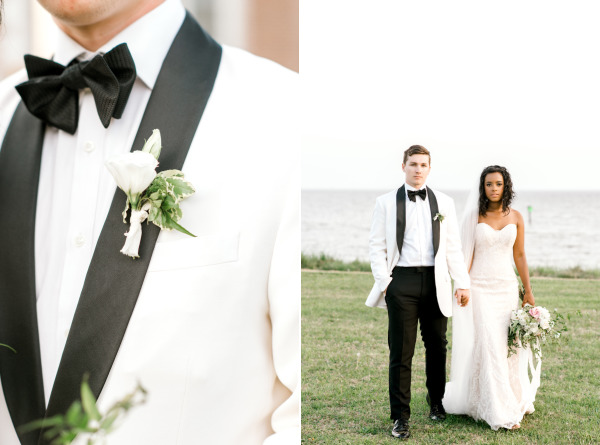
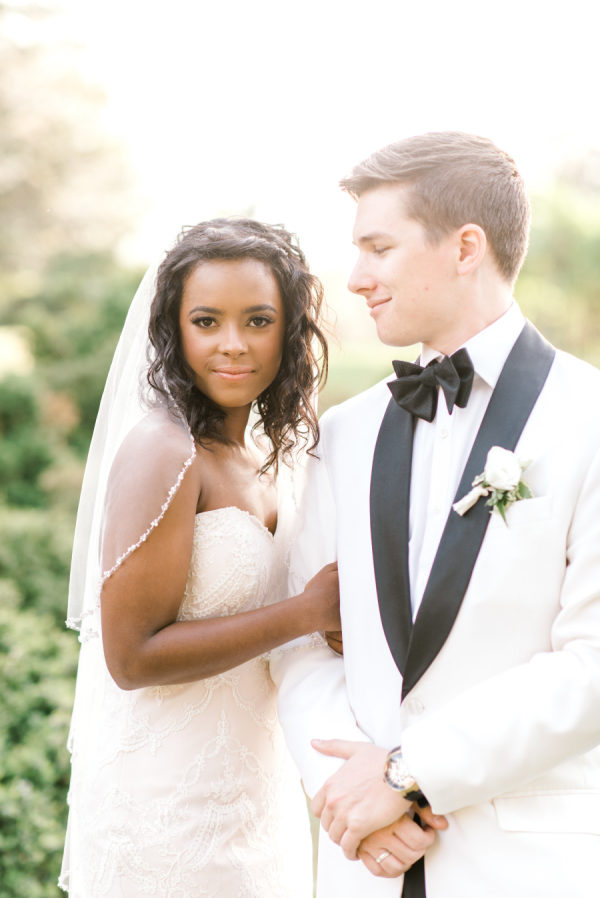
THE CLASSIC WEDDING INVITATION
Traditionally, black engraved calligraphy on white cotton paper and a wax seal defined the classic wedding invitation. Now, “classic” encapsulates that very foundational style but has permission to play with colors of paper and ink, calligraphic styles and methods of printing.
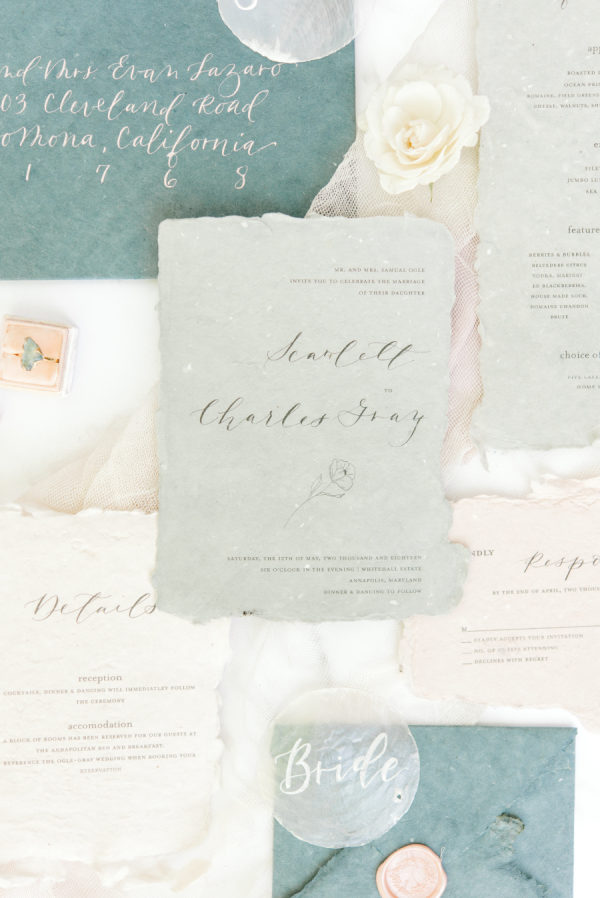
Classic on a budget, usually requires flat (no texture) or thermography printing (meant to mimic the look of engraving). Stick with white, the palest of grays or ivories and go with a darker ink on the primary pieces. Your best bet if you have elaborate classic invitation dreams but a kinko’s budget is to go with a larger printing house that specializes in wedding invitations like Minted or work with a local stationer that can tailor a home-printed invitation for you while staying inside your financial restraints.
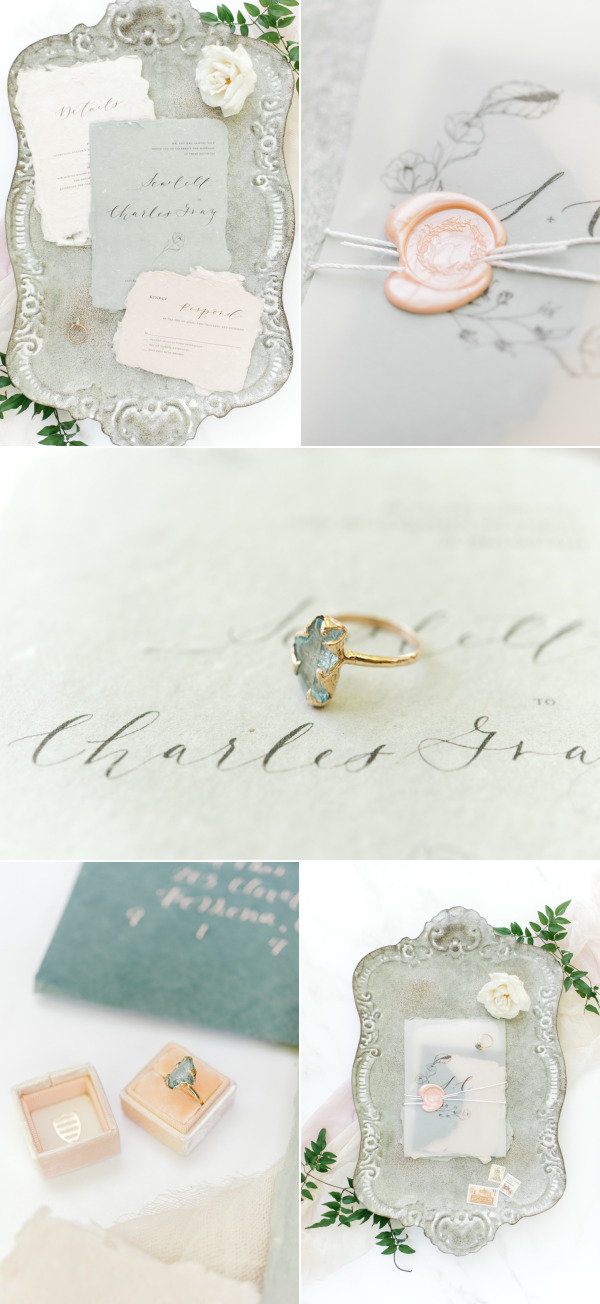
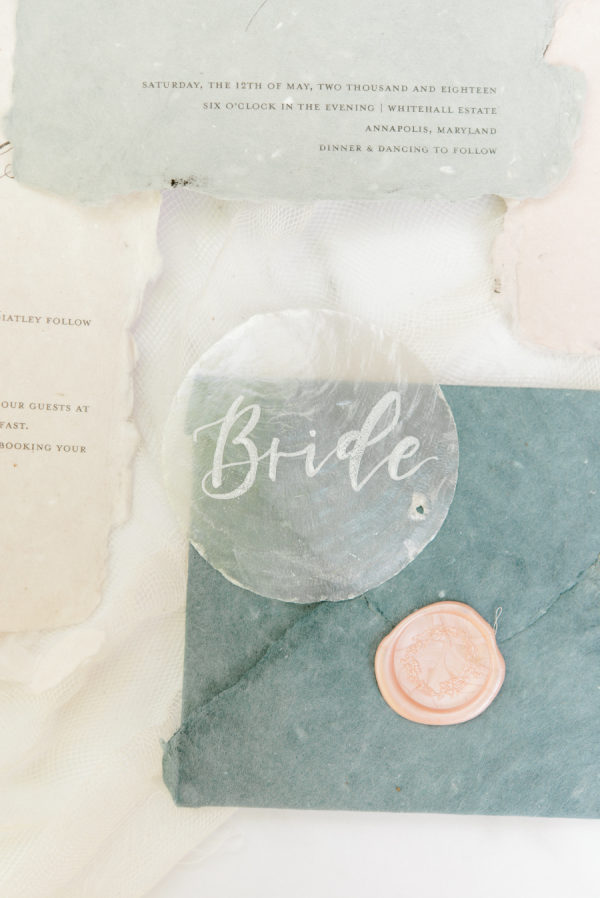
If you have more of a budget, you can work with an artisanal or couture stationer like Pluma Palomino (I mean how amazing are the invitations above that she crafted!?) to really infuse your personality into your invitation while still retaining that classic style. Hand torn cotton papers, white ink, personalized wax seals, slips of the most delicate tissue paper ever (which was normally meant to protect the hand drawn ink). You can use embellishments like silk dyed ribbon, gorgeous envelope liners, various soft luxury hues in paper and authentic calligraphy to address the invitations. Depending on your overall spend, you can look at the above printing methods, along with calligraphy, engraving and letterpress.
THE CLASSIC WEDDING CAKE
One of the earliest traditions that we know of when it comes to the wedding cake is rooted in Ancient Rome where a cake of wheat or barley was broken over the bride’s head to bring good fortune to the couple. The cake was considered a luxury and the larger it was, the more wealth you seemingly had.
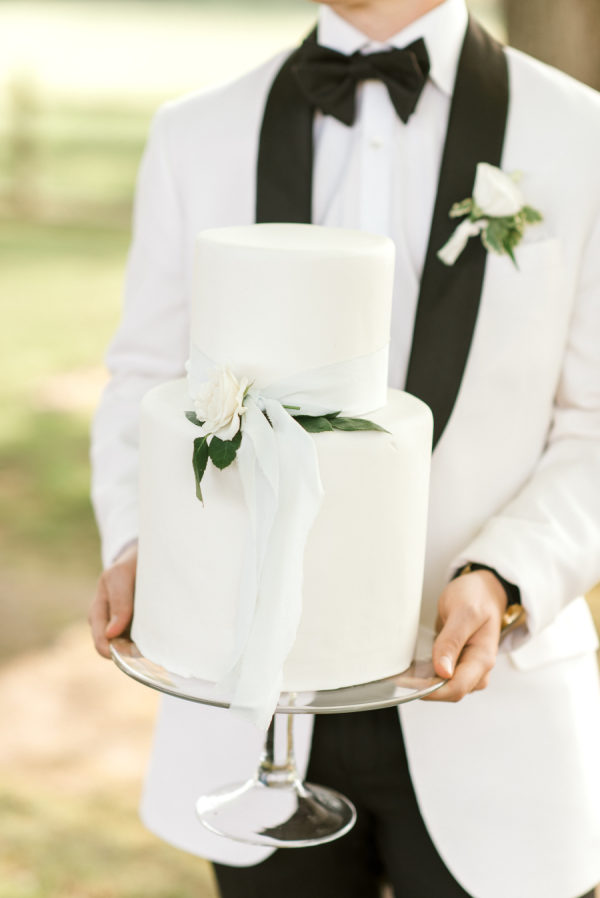
Wedding cakes in early America were traditionally fruit cakes topped with marzipan and icing with tiers (sound familiar?) and the “cutting of the cake” was a focal point of the reception. White icing was a symbol of money and social importance so a white cake was the desired look – purely refined white sugar was a costly ingredient that only wealthy could afford. The concept that the color white represents purity in a wedding came about when Queen Victoria wed Prince Albert in 1840.
To capture the “classic” wedding cake on any budget – stick with a white or lemon flavored cake and vanilla buttercream or fondant (or both) with a raspberry, vanilla or lemon filling. Simple decor – from delicate sugar flowers, to silk ribbon or a classic cake topper are a must.
The best thing about a wedding cake is that you can really play and still retain that classic look and feel, depending on how you style the cake. More popular flavors are hazelnut, banana, red velvet, chocolate and coconut. A few of our favorite flavor combos?
- Chocolate on chocolate on chocolate
- Banana cake with chocolate buttercream
- White cake with lemon buttercream and fresh raspberry jam
- Italian Cream Cake & Cream Cheese Buttercream
- Champagne Cake with Vanilla Buttercream
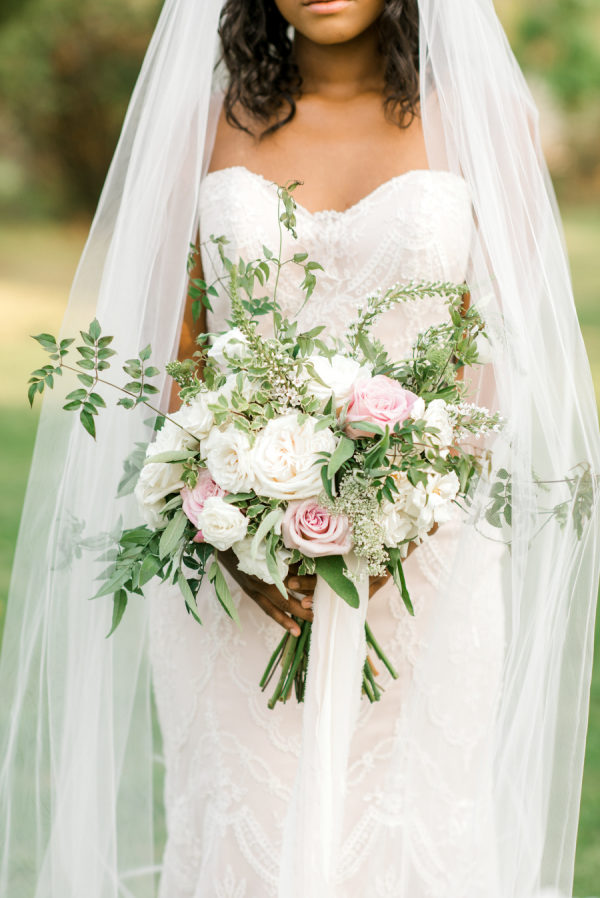
CLASSIC WEDDING FLOWERS
While the reasoning behind wedding flowers has taken many a twist and turns – let’s sum it up like this. Flowers, herbs and plants have been used in wedding celebrations for as long as anyone can remember. They have been a status of wealth, they have been rooted in meaning and luck, they have been used simply to make a room feel beautiful.
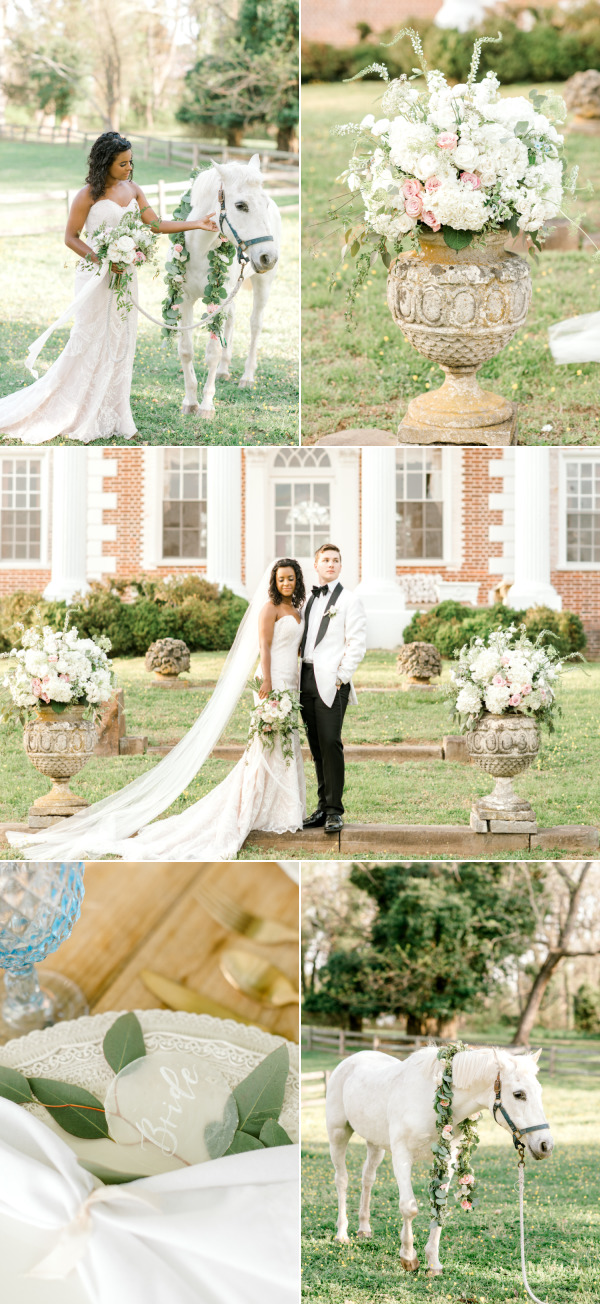
The most classic hues of wedding florals is generally considered white and green. Thus, the type of flower is rooted in the color options available. White roses, hydrangeas, Stephanotis, lilies and orchids have always been considered the most traditional. Now, “classic” includes many, many more varieties, the most popular being Peonies, Ranunculus, Anemones, Garden and Vintage Roses.
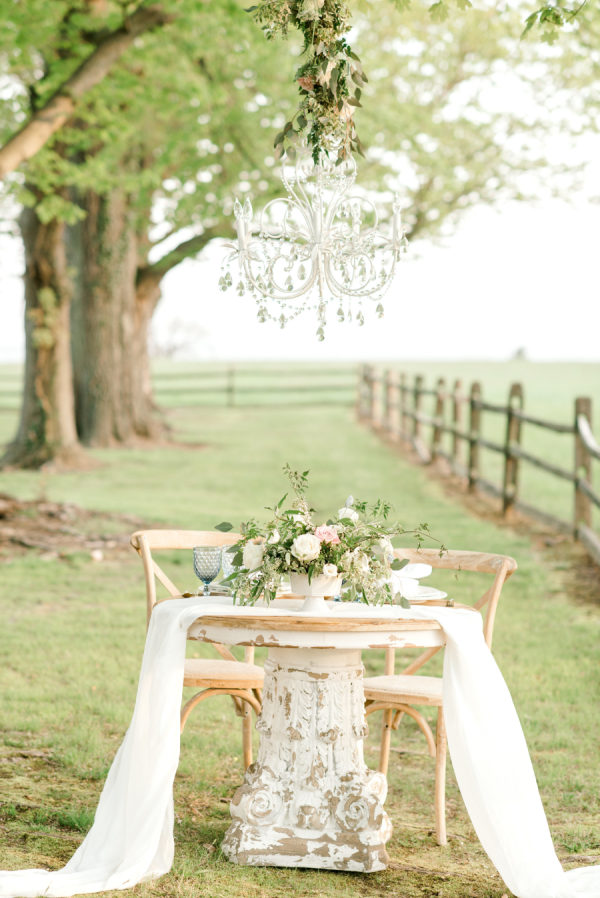
On a budget but still want a classic look? You can sub in just about any flower that comes in white – try to find flowers that are in season as they look richer and they are far less expensive than sourcing a peony in December. Not on a budget, well the sky is clearly the limit.
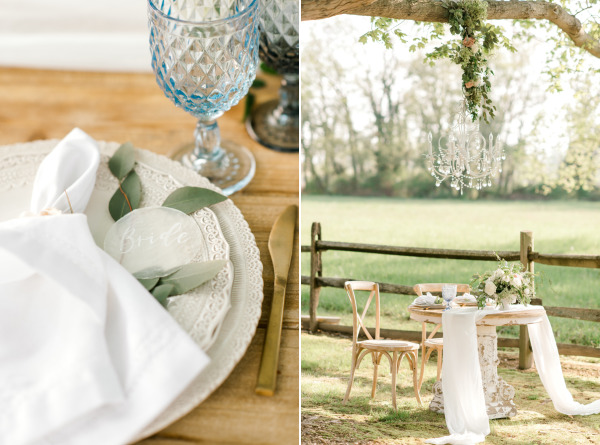
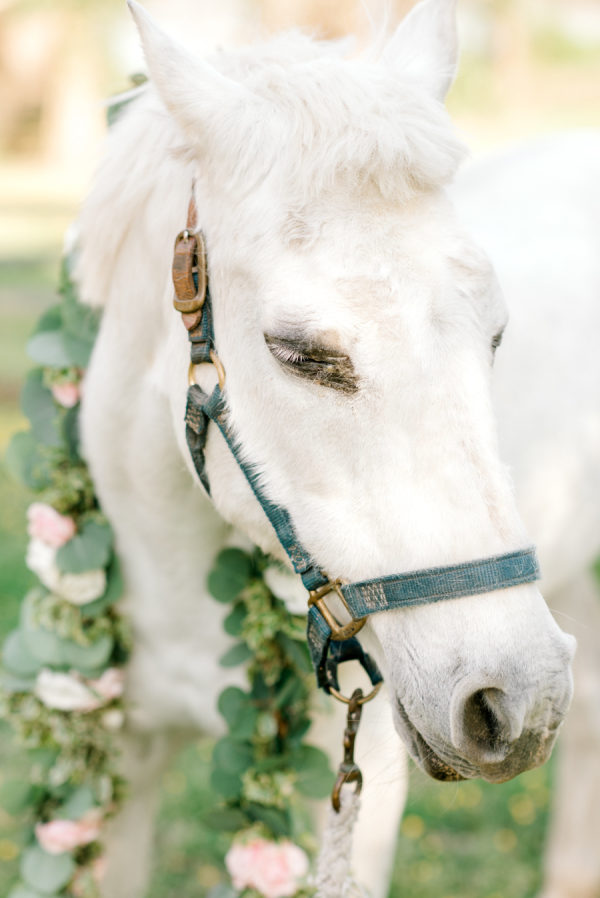
Most classic wedding flowers include a bridal bouquet, smaller bridesmaids bouquets, boutonniere for the men, petals for flower girls, ceremony decor (often two arrangements flanking the top and bottom of the aisle), corsages for the important women (moms, grandmas, etc) and reception pieces. The reception can feature long, draped garlands, low but full centerpieces, tall and towering arrangements or any combination of those elements.
THE CLASSIC WEDDING VENUE
Well, if we’re looking at our most recent history, weddings generally take place in a church with the reception either in that same church hall or an event space nearby. As wedding budgets have grown, wedding venues have taken on a myriad of shapes and sizes. Now considered most classic are hotel ballrooms, country clubs, garden, homes, barns and event spaces.
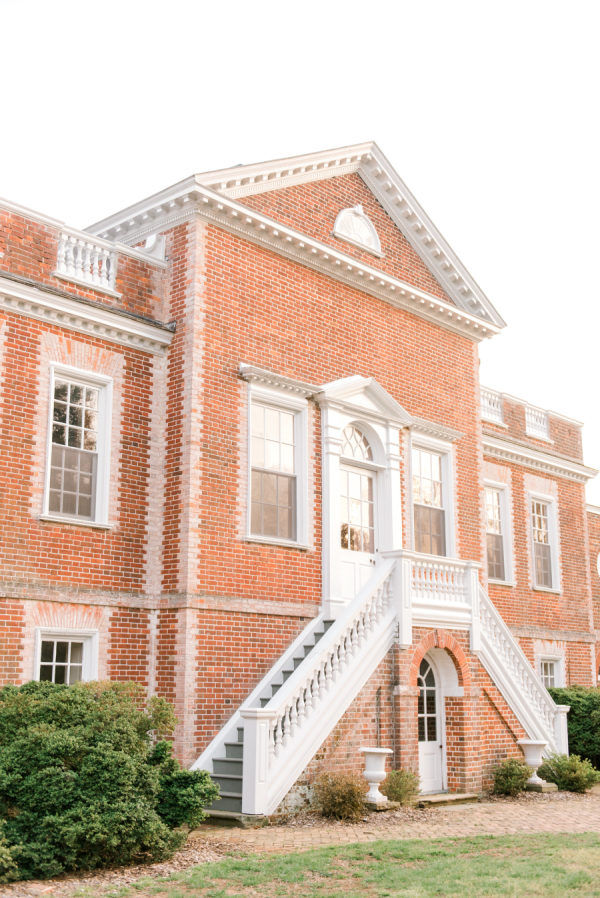
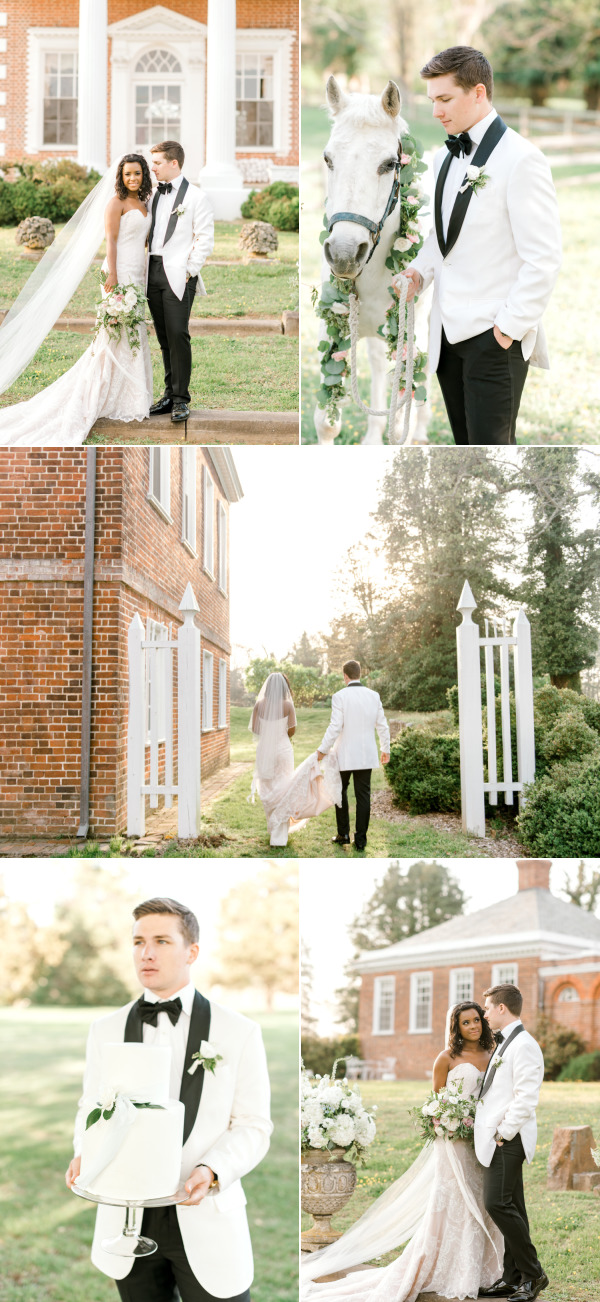
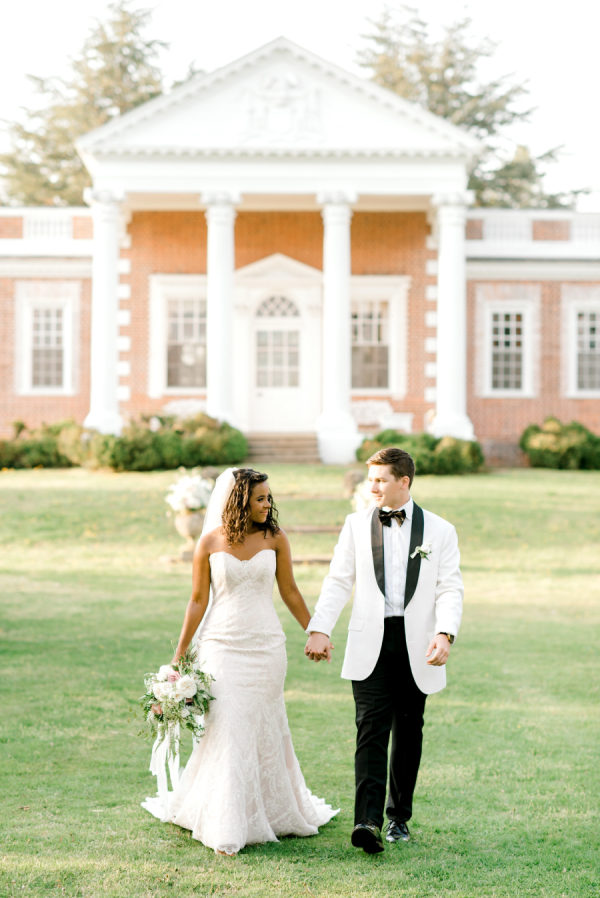
[iframe http://player.vimeo.com/video/268844751 600 338]

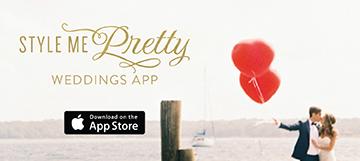
Photography: Joy Michelle Photography | Videography: Monachetti | Floral Design: Floret and Vine | Wedding Dress: Maggie Sottero | Wedding Dress: TLC Bridal Boutique | Cake: Catherine George Cakes | Engagement Ring: By Angeline | Tuxedo: The Black Tux | Wedding Venue: White Hall | Hair and Makeup Artist: Beauty by Brittany & Kristen Browne | Invitation Suite and Calligraphy: Pluma Palomino | Planning: Social Graces Events | Rentals: White Glove Rentals | Ribbon: Jefferson Lane
Really being successful in defining a classic look for your wedding comes down to a few key elements: Simplicity, Refinement and Elegance. Stick with an all white color palette, choose modest, formal attire and choose florals that feel “rich” no matter what your budget. Let ceremony take center stage and find the grace and elegance in tradition that has been built upon hundreds of years of intention.
But want to know the single most important element to hosting a classic wedding? Love. REAL love. TRUE love. The kid that of love that makes everyone forget about the room entirely, forget about the color of the flowers or the flavor of the cake. And focus on the reason that we are having a wedding in the first place. Love. That’s it.
Join The Conversation
favorite (0) share share (0) pin (0)







































































